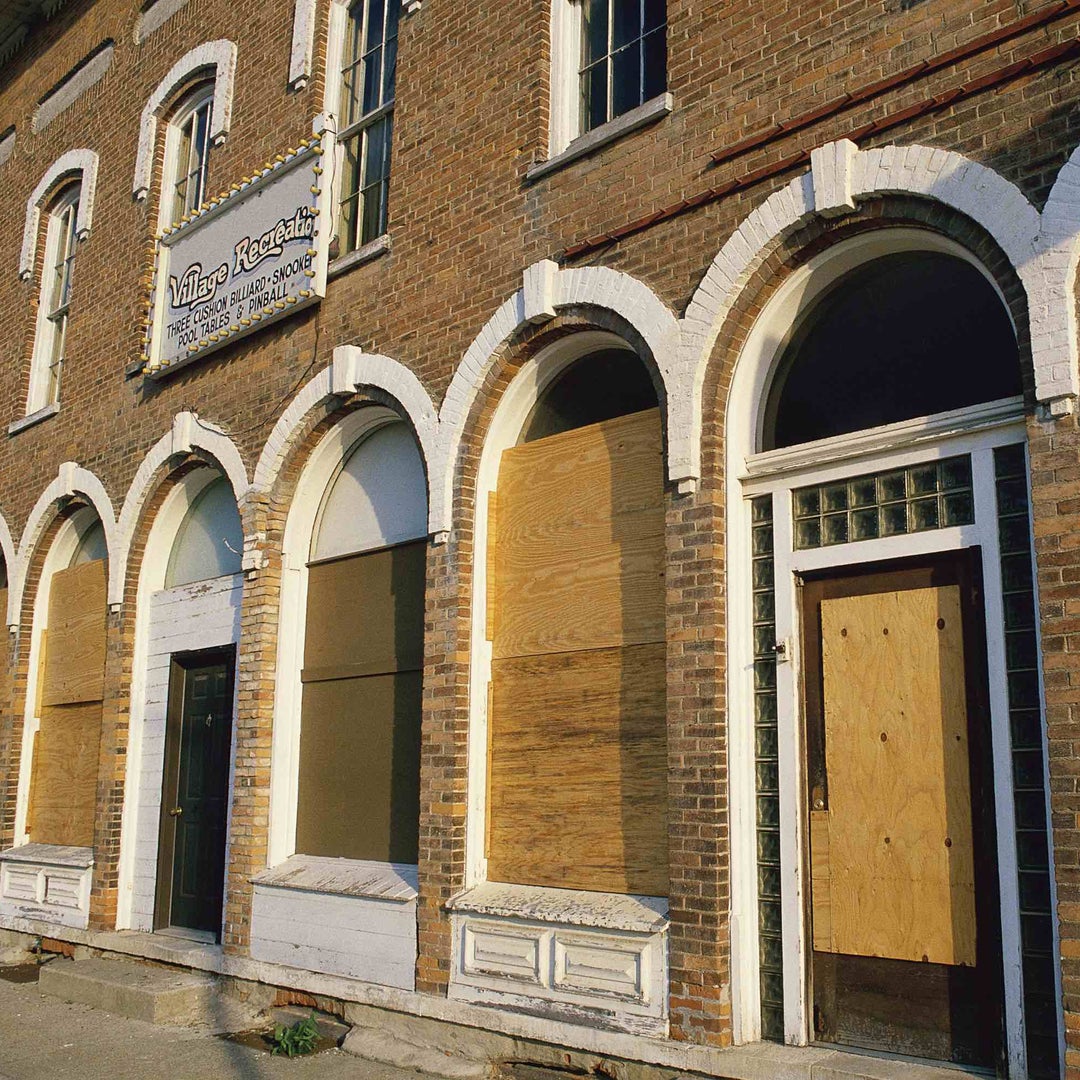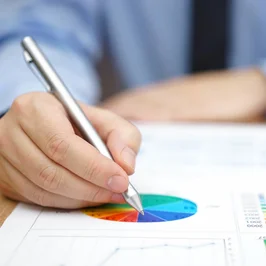How Long Does a Recession Last?

Raise your hand if you’d like to return to the carefree night of December 31, 2019, when we all were looking forward to the promise of a new decade. Instead, we’ve gotten a start to 2020 that no one anticipated with a pandemic that’s led to millions of lost jobs and shuttered businesses across the country. As Q1 wrapped up, most experts agreed that we were in a recession, and one that might even become a depression.
How long might the pain last? Let’s find out more about recessions historically and what the current downturn might look like.
Definition of a recession
Let’s start with the basics…what is a recession anyway? It’s a word that is often attributed to any sort of downturn, but there is a pretty specific definition—it typically denotes two or more consecutive quarters of a negative growth rate of gross domestic product (GDP), which is the total value of everything that the country produces, as assessed by the Bureau of Economic Analysis (BEA).
In this case, we’re not quite there yet in terms of counting quarters. After all, the market didn’t start to sour until mid-March with the initial freefall occurring March 9. But no one needs to wait to see how it ends to know that the finale is likely to be ugly.
There is an alternate depiction of a recession that comes from the National Bureau of Economic Research (NBER), which shares a wider variety of economic factors in its estimation. It defines a recession as “a significant decline in economic activity spread across the economy, lasting more than a few months, normally visible in GDP, real income, employment, industrial production and wholesale-retail sales." Sounds eerily familiar, doesn’t it?
And that’s why most experts don’t need to wait for those two quarters of negative growth rate in GDP to conclude that based on these various criteria, we have already entered recession territory.
What causes a recession?
While a recession might have a number of “warnings,” ranging from shrinking GDP to an inverted yield curve or slowing employment, these aren’t actually the cause of the recession. There are a number of factors that can cause a recession, which include:
-
High interest rates
-
A manufacturing slowdown
-
An asset bubble burst
-
A real estate slide
-
Credit crunches
-
And….as we see now, pandemics, at least this one, which caused an abrupt halt to business activity.
Another key indicator is an underlying lack of consumer confidence.
It’s also important to remember that given the long run of exceptional economic performance, many felt we were ripe for a recession as a normal part of the business cycle, which reflects fluctuations that the economy experiences, characterized by expansion (growth) and contraction (recession). The cycle goes like this:
-
Expansion
-
Peak
-
Recession
-
Depression
-
Trough
-
Recovery
How long does the average recession last?
The notion of an average can be very clear-cut—in a mathematical equation you add up a bunch of numbers and divide them by how many numbers there are. But often the average of something doesn’t really tell the whole story. What’s the average size of a dog? Well, it depends on whether all the dogs are the same breed. Same for recessions, and as it happens no two are alike.
Of course we can find an average—and in the case of recessions, the NBER tells us that the average length since World War II has been about 11 months. But tell that to someone who lived through the Great Recession of 2008, and they’ll say “I wish!” That’s why it can be hard to predict the duration or severity of a particular recession: each disruption has its own unique characteristics.
Recessions come in different types, often brought to you by the letters “V” “U,” “W” and “L.” Here is how they spell relief in different ways.
-
A V-shaped recession features a stomach-churning decline with a strong rebound after hitting the trough.
-
A U-shaped recession has a less starkly clear trough. It bumps along the bottom for a while, then gradually comes back up.
-
A W recession is also called a “double-dip” recession; it goes down, comes back up, then goes down and back up again—hopefully, this time to stay.
-
An L recession is a steep drop, and then…nothing, for a long time. In fact, this is most often called a “depression.”
If you guessed that “V” looks most palatable, most would agree. Endure a quick drop and emerge better than ever.
At the moment, economists can’t agree on the shape of things to come, and these divergent views illustrate how on the whole it can be difficult to compare recessions because their causes are typically so varied.
That’s illustrated by taking a look at a few past recessions.
Examples of past recessions
There have been 33 recessions since 1854, according to NBER. Coincidentally, the first one it recorded and the most recent one (before the current one) were each 18 months each.
The “Panic of 1857,” which lasted from June 1857 to December 1858, was the first recession on NBER’s list. The catalyst was the failure of the Ohio Life Insurance and Trust Company, which eventually led to the downfall of more than 5,000 businesses.
More recent recessions include:
-
The oil crisis lasted from November 1973 to March 1975. The start of the crisis was attributed to the 1973 oil embargo when the Organization of Petroleum Exporting Countries (OPEC) quadrupled its prices, accompanied by wage-price controls and the removal of the gold standard.
-
The Savings and Loan crisis lasted from July 1990 to March 1991 and saw more than 1,000 of the country’s savings and loans fail.
-
The Internet bubble and 9/11 Attacks (March to November 2001) was a classic “bubble burst” as the economy saw the boom and then bust of the “dot-com” economy, exacerbated by the 9/11 attacks.
-
The Great Recession of 2008 (December 2007 to June 2009) was set off by the subprime mortgage crisis, which led to the collapse of the housing market and a subsequent bank crisis.
How long could this recession last?
This recession is a little different from others because it happened almost literally overnight as though a spigot turned off. That would make one wish the pain would be over the same way: quickly. Yet it’s unlikely the world will re-open with a big flip of the switch; in fact, New York Governor Andrew Cuomo has described the process of re-opening businesses as being more like turning a “dial.”
While some activity may resume as some workplaces open back up in May and beyond, consumers might still be hesitant until testing is more widespread and there is a vaccine. Federal Reserve Chairman Jerome Powell says he anticipates that “the economic rebound, when it comes, can be robust” once the virus spread is under control and the world returns to work and play. While he declined to offer a timetable, he said he thinks most people expect that to happen in the second half of the year.
In the meantime, the data is pretty sobering. Not long ago, we celebrated the 22.4 million jobs created since the Great Recession. By April, that slate had been wiped clean. Since the pandemic began, 26.45 million Americans had filed for unemployment as of April 23. That compares with 8.7 million jobs lost during the Great Recession.
Numbers like those are fomenting fears that we might even be sinking into a depression, which is essentially an extreme recession. It is typically considered to be a period of three years that are marked by severe economic contraction, including a GDP decline of at least 10 percent. High unemployment and low consumer confidence are other indications—elements we currently have in spades.
But while we are faced with a surge of unemployment and a bruised economy, it’s vital to look to the silver lining: Historically, every stock market drop has rebounded with vigor, and there’s no reason to assume that it won’t be a similar story here. In fact, that’s why this is still a great time to invest as you keep a long-term perspective.
While no one is enjoying this wild recession ride, we can all look to the future and what we can only hope is just a short period of further turbulence, followed by a high-speed elevator back to the top.
This material has been presented for informational and educational purposes only. The views expressed in the articles above are generalized and may not be appropriate for all investors. The information contained in this article should not be construed as, and may not be used in connection with, an offer to sell, or a solicitation of an offer to buy or hold, an interest in any security or investment product. There is no guarantee that past performance will recur or result in a positive outcome. Carefully consider your financial situation, including investment objective, time horizon, risk tolerance, and fees prior to making any investment decisions. No level of diversification or asset allocation can ensure profits or guarantee against losses. Article contributors are not affiliated with Acorns Advisers, LLC. and do not provide investment advice to Acorns’ clients. Acorns is not engaged in rendering tax, legal or accounting advice. Please consult a qualified professional for this type of service.








